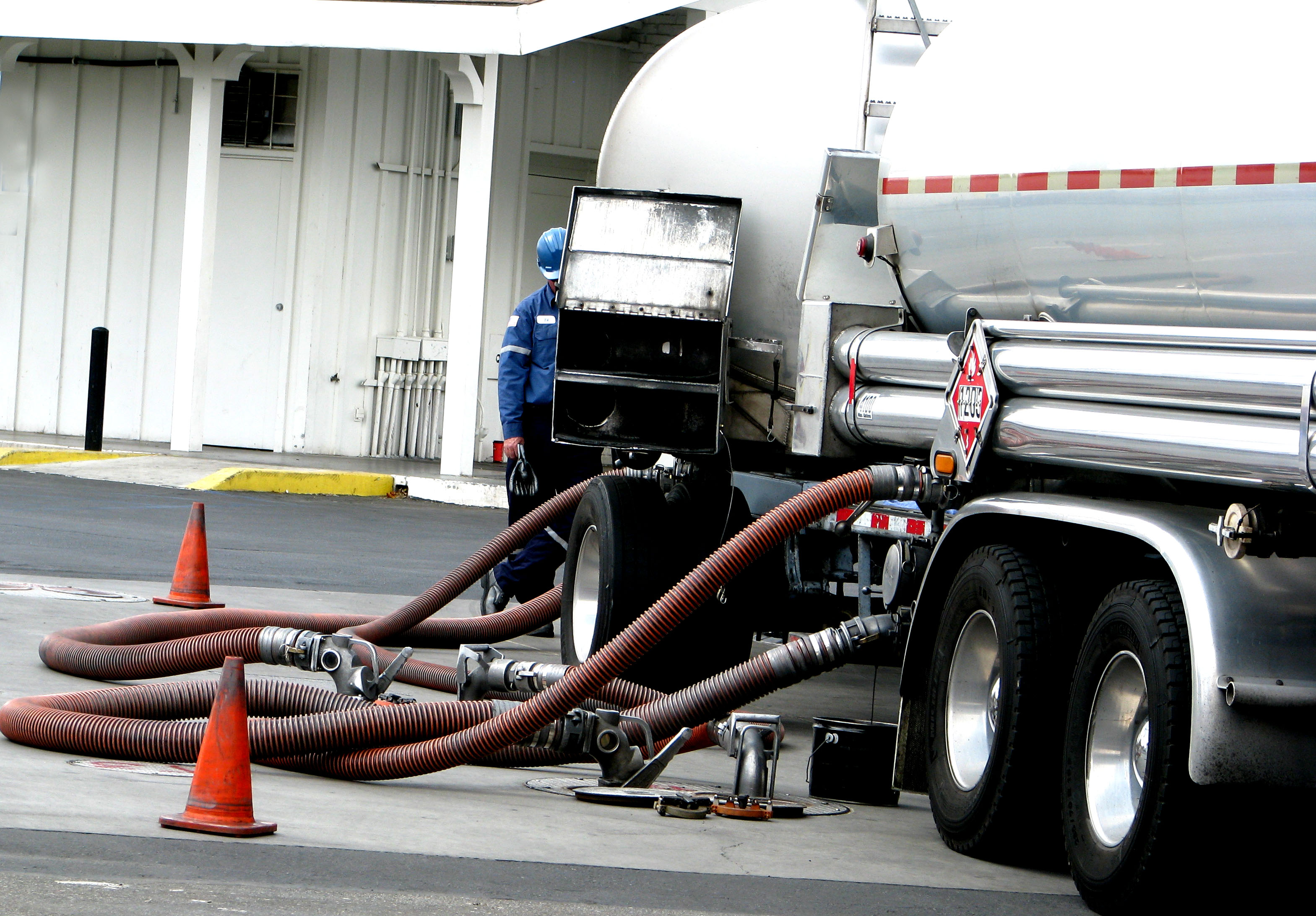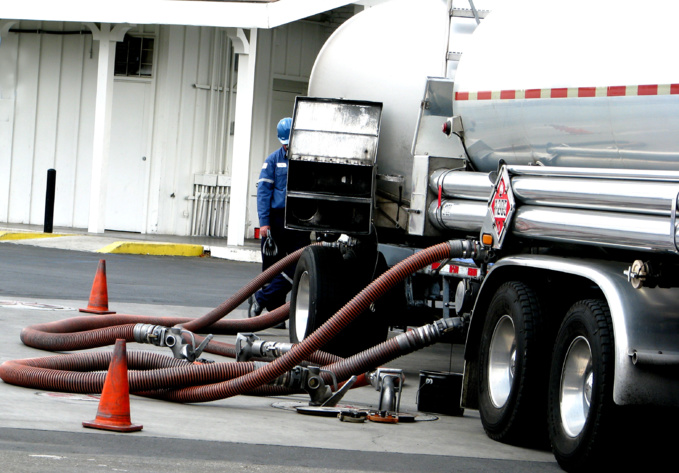Deliveries of OPEC countries in January did not change compared to December, amounting to 32.16 million barrels per day (bpd). The countries that are not members of the cartel have reduced oil production by 175,000 bpd (while their production is still 1.3 million bpd higher than a year ago). The level of reduction in OPEC + production from the countries of the cartel has reached 137% of the promises, and this is a new record. The other participants of the agreement, on the contrary, decreased the prosuction from 88% to 85% (due to the increase in supplies in Kazakhstan by 140 thousand bpd).
The IEA improved forecast of global demand for oil in 2018, by 100 thousand bpd, to 1.4 million bpd - now the forecast is 99.2 million bpd. At the same time, the agency pointed out that against the background of lower costs of shale production in the US, the increase in supplies in this country may be comparable with the increase in global demand: from November to January, oil production in the US has already grown, as stated, "to a whopping" 846 thousand bpd.
In general, the growth in production of countries outside the cartel is likely to exceed the increase in demand in 2018, the IEA expects. It should be noted that OPEC, on the contrary, predicts a more significant increase in demand (by 1.6 million bpd, the forecast is increased by 70 thousand bpd) with a moderate increase in shipments of countries outside the cartel (by 1.4 million bpd; plus 250 thousand in comparison with the January asessment).
The level of oil reserves is declining so far. In December they fell by 55.6 million barrels, to 2.8 billion barrels, and this is the sharpest decline since February 2011. Total reserves for the past year decreased by 154 million barrels (420 thousand bpd), but still remain 52 million barrels higher than the average for five years (at the end of last year the excess was 264 million bpd). However, the statistics of the beginning of the year may show a reverse trend to an increase in inventories, the IEA warns, indicating that the current price adjustment for oil is caused not only by profit-taking by market participants, but also by the weakening of fundamental factors supporting the growth of quotations.
source: iea.org
The IEA improved forecast of global demand for oil in 2018, by 100 thousand bpd, to 1.4 million bpd - now the forecast is 99.2 million bpd. At the same time, the agency pointed out that against the background of lower costs of shale production in the US, the increase in supplies in this country may be comparable with the increase in global demand: from November to January, oil production in the US has already grown, as stated, "to a whopping" 846 thousand bpd.
In general, the growth in production of countries outside the cartel is likely to exceed the increase in demand in 2018, the IEA expects. It should be noted that OPEC, on the contrary, predicts a more significant increase in demand (by 1.6 million bpd, the forecast is increased by 70 thousand bpd) with a moderate increase in shipments of countries outside the cartel (by 1.4 million bpd; plus 250 thousand in comparison with the January asessment).
The level of oil reserves is declining so far. In December they fell by 55.6 million barrels, to 2.8 billion barrels, and this is the sharpest decline since February 2011. Total reserves for the past year decreased by 154 million barrels (420 thousand bpd), but still remain 52 million barrels higher than the average for five years (at the end of last year the excess was 264 million bpd). However, the statistics of the beginning of the year may show a reverse trend to an increase in inventories, the IEA warns, indicating that the current price adjustment for oil is caused not only by profit-taking by market participants, but also by the weakening of fundamental factors supporting the growth of quotations.
source: iea.org



















